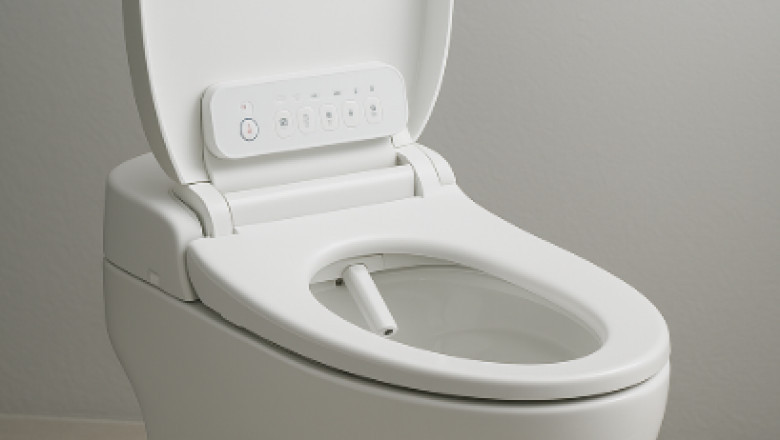views
As urban populations continue to grow, the strain on infrastructure, natural resources, and sanitation systems becomes increasingly evident. Cities are under mounting pressure to reduce water consumption, improve waste management, and support the health of residents, all while meeting ambitious environmental targets. Against this backdrop, the smart toilet has emerged as a surprising yet promising component of future-focused urban planning.
The Water Challenge in Urban Environments
One of the most pressing issues in urban sustainability is water use. Traditional toilets are among the highest water-consuming fixtures in the home, accounting for nearly 30% of domestic water usage in some cities. Even low-flow models, while an improvement, still contribute to significant water demand, particularly in high-density areas.
Smart toilets address this challenge through precise water management. Many models include dual-flush systems that adapt based on usage, sensors that detect optimal flush volumes, and integrated bidet functions that reduce or eliminate the need for toilet paper—an often overlooked contributor to deforestation and water pollution during production. These efficiencies, when implemented at scale, could play a substantial role in conserving municipal water supplies.
Waste Treatment and Environmental Impact
Beyond water use, smart toilets have the potential to alter how waste is treated and processed. Some advanced systems are being developed with decentralised waste management in mind, converting human waste into compost, greywater, or even biogas on-site. This approach could significantly reduce the burden on ageing urban sewage systems and treatment plants.
Additionally, integrating sensors that monitor the chemical and biological composition of waste opens the door to more targeted and efficient treatment processes. Early identification of harmful pathogens or pollutants at the source could enable better control over what enters public water systems, contributing to cleaner waterways and reduced contamination risks.
Health Monitoring Without Clinical Infrastructure
Although not traditionally included in sustainability discussions, public health and sustainability are closely linked. Cities with better health outcomes tend to have lower healthcare burdens, fewer lost workdays, and more stable economies. Smart toilets—particularly those that track hydration, glucose levels, or other health indicators—can assist in early detection of illness and support long-term wellbeing. In an urban context, this could reduce reliance on overstretched public health infrastructure.
While not a replacement for medical care, the passive nature of this monitoring may encourage users to act on early signs of illness, potentially preventing conditions from worsening. If these benefits are realised equitably across a city, they could contribute to a healthier, more resilient population.
Materials, Manufacturing, and Lifecycle Considerations
It’s important to note that smart toilets come with their own environmental costs. The inclusion of sensors, electronics, and integrated plumbing systems requires a broader range of materials and more complex manufacturing than traditional toilets. This raises questions about lifecycle sustainability: What happens when a smart toilet breaks? Can it be repaired, or must it be replaced? Are components recyclable?
Addressing these concerns will be essential if smart toilets are to be considered a genuine contributor to sustainable urban living rather than a luxury item with limited impact. Manufacturers and urban planners alike will need to prioritise longevity, repairability, and material transparency.
Barriers to Adoption
Despite their promise, smart toilets face several barriers before widespread urban adoption becomes feasible. Cost remains a significant factor, both at the household level and for public installations. Many models are priced beyond the reach of average consumers or local councils operating under constrained budgets.
There are also cultural and behavioural hurdles. The idea of integrating sensors into such a private space is not universally accepted, and questions about data privacy remain unresolved. In some cases, users may be reluctant to engage with a system that collects health information, even if the data is anonymised.
A Role in the Broader Picture
Smart toilets are unlikely to solve urban sustainability challenges alone. However, when integrated into a broader strategy that includes energy-efficient housing, green transportation, and responsible water use, they could represent an important step forward. Their potential lies not only in saving water, but in rethinking the entire relationship between sanitation, health, and the environment.
If implemented thoughtfully—with an emphasis on equity, privacy, and environmental responsibility—smart toilets could form part of the infrastructure that supports more sustainable, livable cities in the decades to come.






















Comments
0 comment